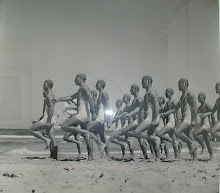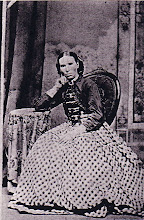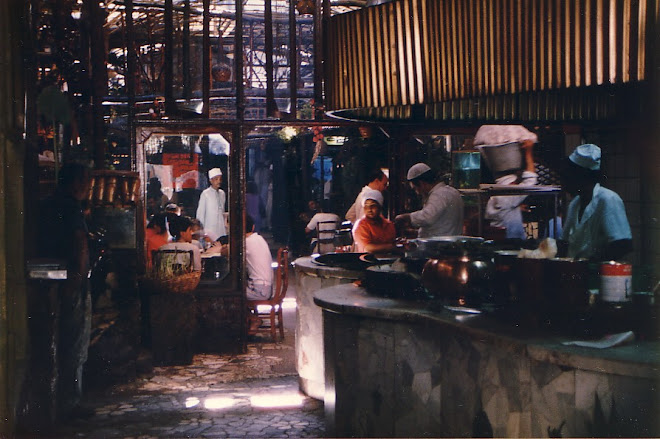Your Periodic Dose of Levity - To Keep You 'Regular'

FIRST SPOON FULL
It was mealtime during a flight on a British Airways plane:
'Would you like dinner?' the flight attendant asked the man seated in the front row.
'What are my choices?' the man asked.
'Yes or no,' she replied.
SECOND SPOON FULL
A flight attendant was stationed at the departure gate to check tickets.
As a man approached, she extended her hand for the ticket and he opened his trench coat and flashed her.
Without blinking an eyelid she said, 'Sir, I need to see your ticket - not your stub.'
THIRD SPOON FULL
A lady was picking through the frozen turkeys at a branch of Sainsbury's but she couldn't find one big enough for her family.
She asked a passing assistant, 'Do these turkeys get any bigger?'
The assistant replied, 'I'm afraid not, they're dead.'
FOURTH SPOON FULL
The policeman got out of his car and approached the boy racer he stopped for speeding.
'I've been waiting for you all day,' the bobby said.
The kid replied, 'Yes, well I got here as fast as I could.'
When the policeman finally stopped laughing, he sent the kid on his way without a ticket.
FIFTH SPOON FULL
A lorry driver was driving along on a country road.
A sign came up that read 'Low Bridge Ahead.'
Before he realized it, the bridge was directly ahead and he got stuck under it.
Cars are backed up for miles.
Finally, a police car comes up.
The policeman got out of his car and walked to the lorry's cab
And said to the driver, 'Got stuck, eh?'
The lorry driver said, 'No, I was delivering this bridge and ran out of petrol!'
SIXTH SPOON FULL
A teacher at a polytechnic college reminded her pupils of tomorrow's final exam.
'Now listen to me, I won't tolerate any excuses for you not being here tomorrow
I might consider a nuclear attack or a serious personal injury, illness, or a death in your immediate family, but that's it, no other excuses whatsoever!'
A smart-arsed guy at the back of the room raised his hand and asked, 'What would happen if I came in tomorrow suffering from complete and utter sexual exhaustion?'
The entire class was reduced to laughter and sniggering.
When silence was restored, the teacher smiled knowingly at the student, shook her head and sweetly said, 'Well, I suppose you'd have to write with your other hand'.
NB: SOME DOSES ARE LESS EFFICACIOUS THAN OTHERS!







































![C18 Bronze Buddha [Southern China]](https://blogger.googleusercontent.com/img/b/R29vZ2xl/AVvXsEioLkgVKuhDoIHQgM1X6Oe2hGn75yqaj4OJXPmNpumXmQPKxB22S57YS5DVrl1P7zl7BS6EFpAtaNZPze7gzVCRiQI54bwdHhVa4fGr7NOChZwTZoo92gUen6tC5U8gWIy_pv92U0FB38M/s1600/Buddha+%255BBronze%252C+C18%252C+China%255D+1.jpg)




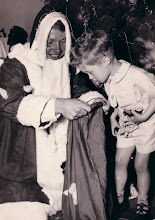







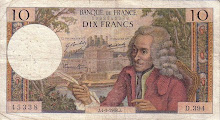
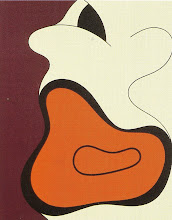+1998+Cropped.jpg)

